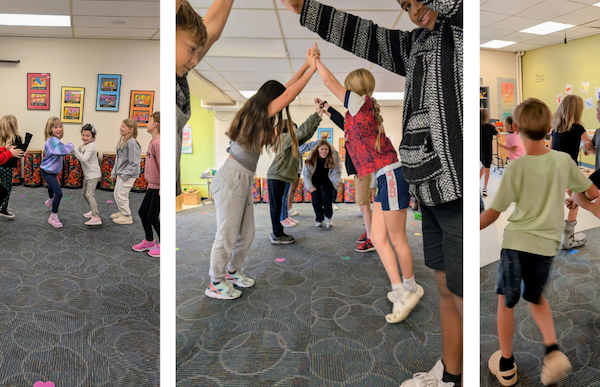
At Springer School and Center, our mission is to empower students with learning disabilities to lead successful lives. The most common learning disability that our students have is dyslexia, but what exactly does that mean?
The International Dyslexia Association defines dyslexia as “a specific learning disability that is neurobiological in origin. It is characterized by difficulties with accurate and/or fluent word recognition and by poor spelling and decoding abilities.” That is, dyslexia occurs due to a difference in wiring in the brain, and people with dyslexia have difficulty specifically with reading words, but also with spelling, writing, and pronouncing words. In addition, dyslexia is not due to either a lack of intelligence or desire to learn.
Research indicates that 6-7 percent of the school population has been diagnosed with some type of learning disability, and 85 percent of those students have been specifically identified as having dyslexia. The International Dyslexia Association suggests that perhaps 15-20 percent of the population as a whole has some symptoms of dyslexia, though not everyone will be severe enough to be considered to have a disability.
Dyslexia is diagnosed through a thorough evaluation process, typically after at least some intervention or different instruction has been tried. Parents can ask their schools about an evaluation for suspected dyslexia or seek an outside evaluator who is qualified to make the diagnosis.
While dyslexia has no cure, there are specific kinds of instructional techniques that have been proven to help people with dyslexia develop language and reading skills, and there are a number of technology tools today that can assist people with dyslexia. In the next couple of weeks on the blog, we will discuss more of the warning signs of dyslexia and what types of instructional strategies parents should look for when seeking help for their struggling child.

Blogger Stephanie Dunne, Ed.S., is the Center Director at Springer School and Center. Prior to coming to Springer, Stephanie practiced as a school psychologist in public and private schools for ten years. If you have questions, please contact Director of Learning Programs Carmen Mendoza at cmendoza@springer-ld.org.





